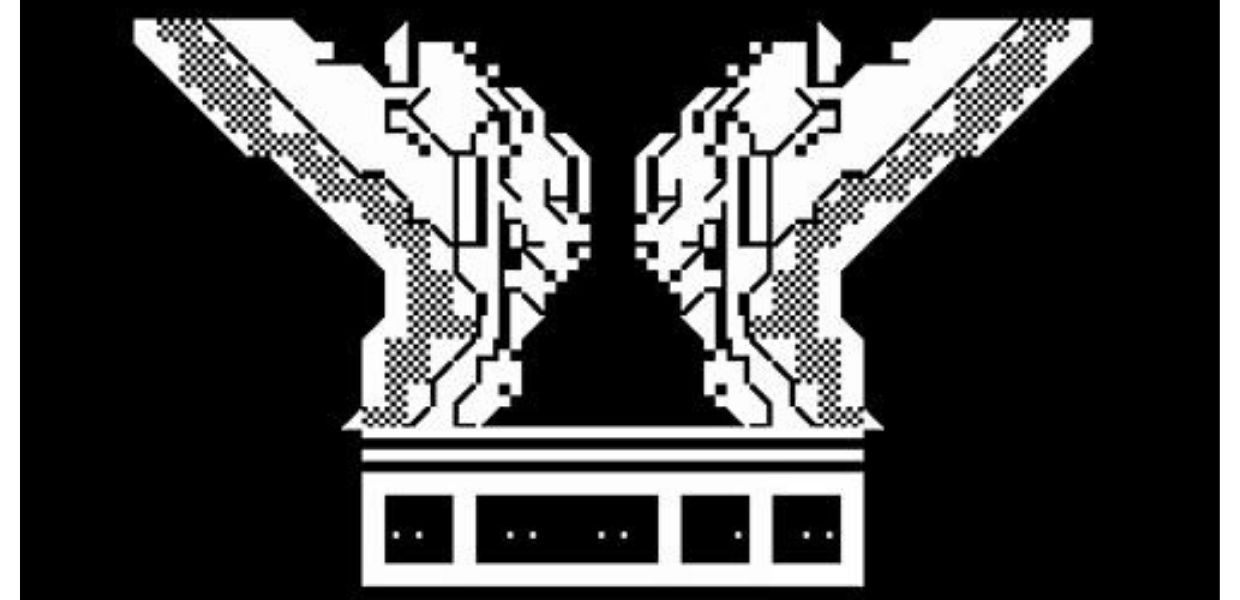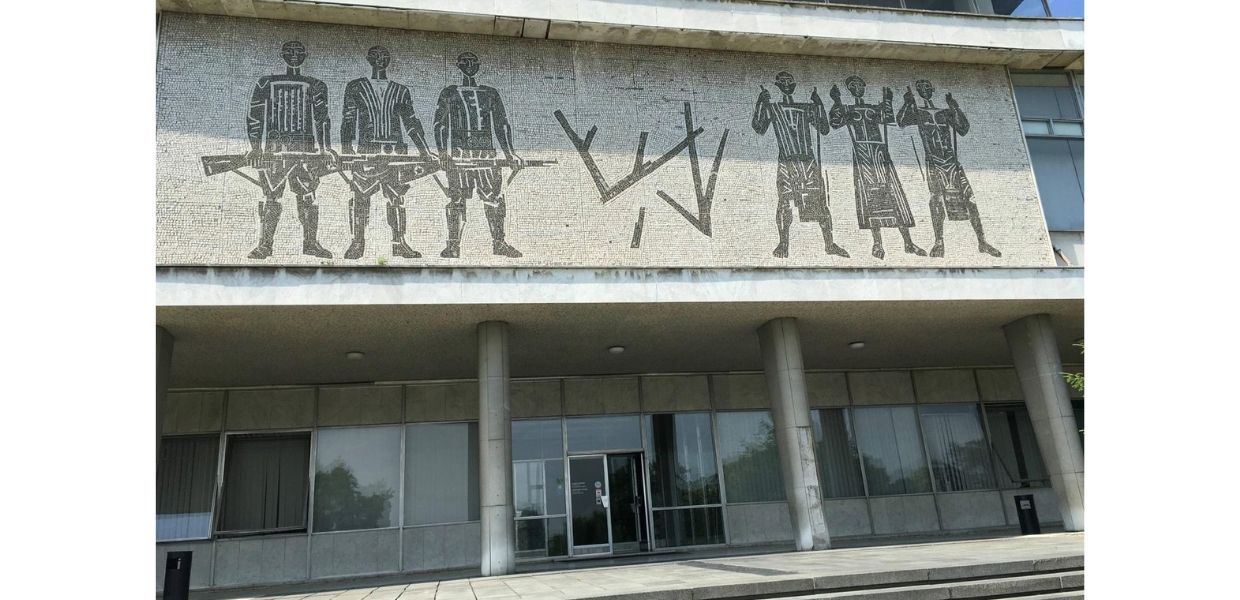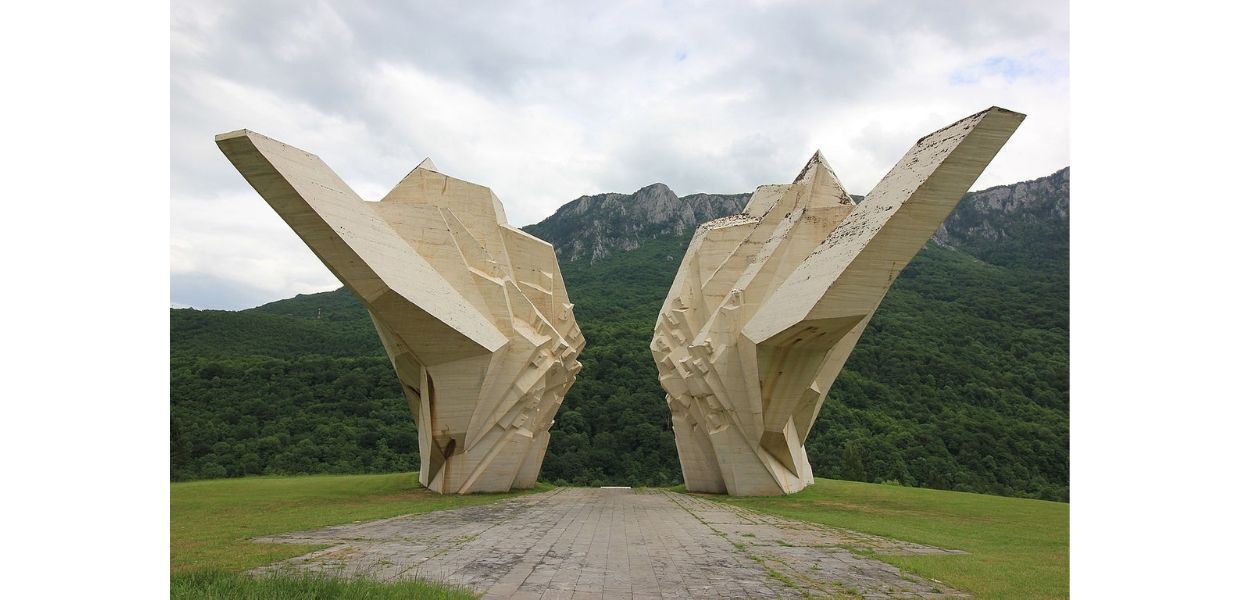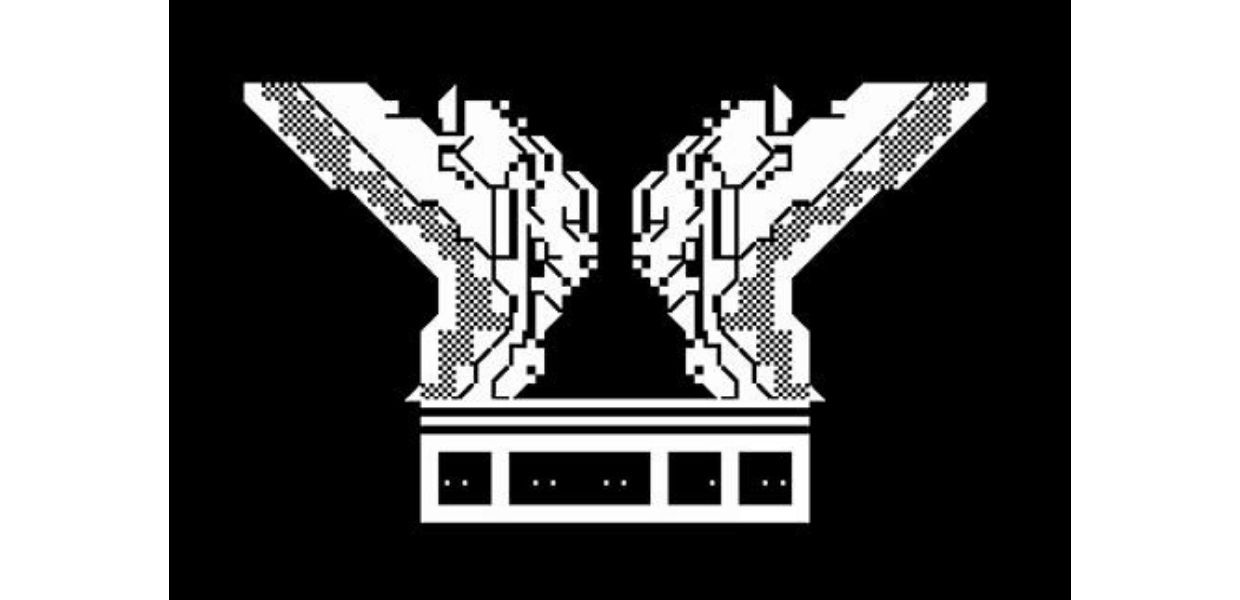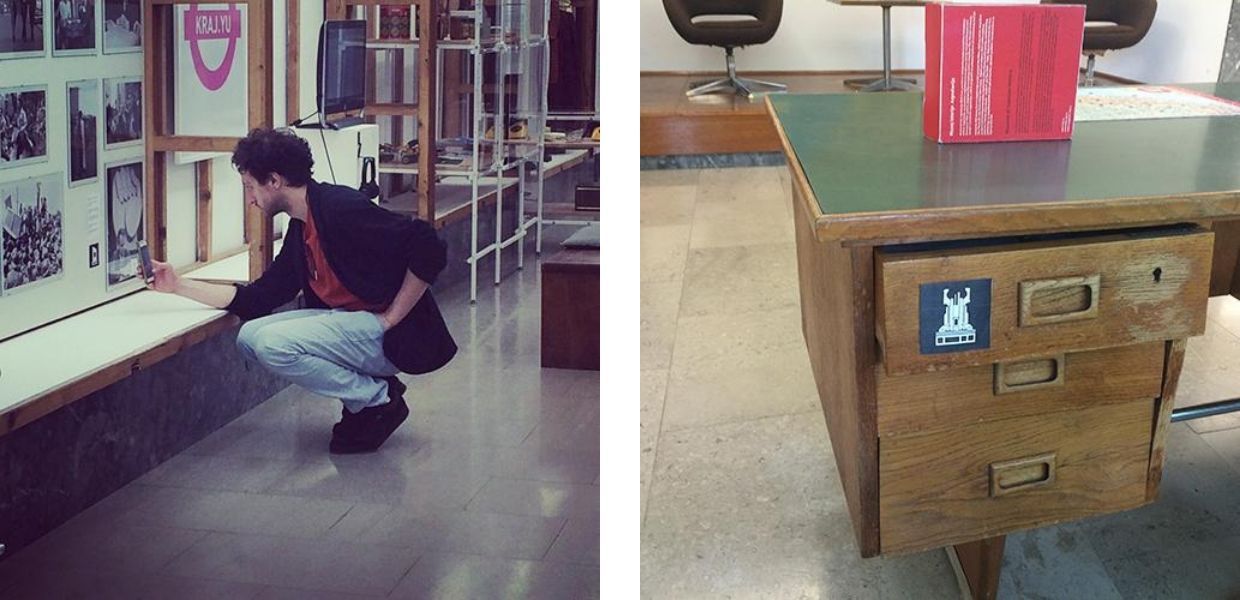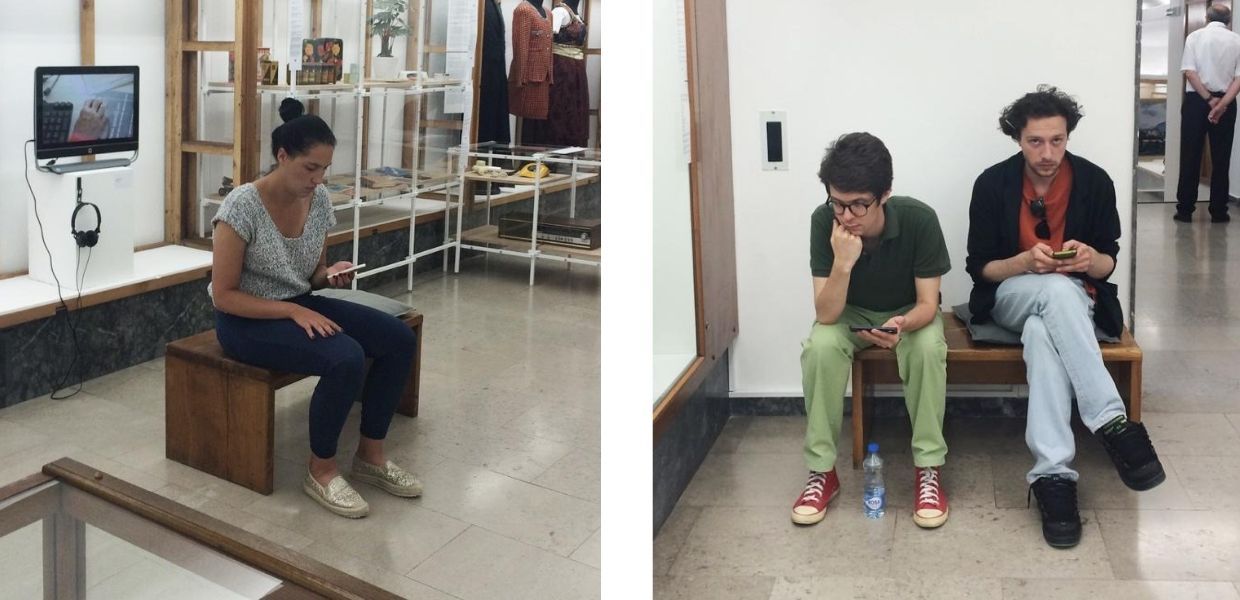The students who tested ‘Monuments for a departed future’ saw it as a very personal experience. They interpreted the challenges and questions as a way to make a personal and emotional connection with the historical content. One of the students described the experience as an ‘historical/emotional roller-coaster’. In this way, the experience became ‘bigger’– not just about learning history, but to some degree also about connecting with challenging aspects of life such as death, conflict and forgiveness. Using play and imagination was also seen as a way to ‘communicate with the space’ and put participants in an ‘active role’, as well as to challenge them to think for themselves. They saw the questions in the app both as ways to reflect and contribute, but also as concrete reminders that people have very diverse perspectives on things.
Find out more
Artcodes allow you to create digital narratives using beautiful, machine readable markers. They work in a very similar way to QR codes: they can be scanned by a smartphone to access additional exhibition content, play games, and offer a participatory, interactive experience. Because they are customisable, Artcodes can blend in and match the aesthetics of your exhibition, meaning that visitors can experience a digital narrative without the use of obstructive markers.
Unlike QR codes, Artcodes are handcrafted visual markers that can be designed, drawn and rendered. These markers are easy to draw, and can even be created by the visitors themselves to contribute their own reflections to the exhibition.
ArtCodes have been used to tell stories about musical instruments, unlock the hidden history of a railway line, transform the visitor into a factory production line worker and evoke poetic, playful experiences. To find out more about them and download the app, visit the GIFT project website.
If you’d like to know more about GIFT you can hear the latest news from the project and test some of its tools at Europeana 2019.
